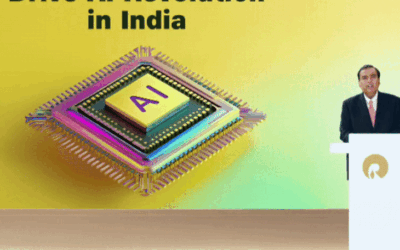Indoor light could soon power gadgets:Scientists create indoor ‘perovskite solar cells’ that may replace billions of disposable batteries worldwide

Imagine a world where your everyday devices like keyboards, alarms, and smart sensors never need batteries. Thanks to a new solar technology breakthrough, this vision might soon become reality. Harvesting energy from indoor light A team of researchers has developed advanced solar cells that can efficiently capture energy from indoor ambient light. Unlike traditional solar panels designed for direct sunlight, these new cells thrive in artificial and low-light environments, making them perfect for home and office use. The key lies in perovskite, a material already used in some solar technologies. Unlike silicon-based panels, perovskite can absorb low-power light much more effectively, making it a game-changer for indoor applications. Six times more efficient than silicon In the study, published in Advanced Functional Materials, scientists found that these perovskite solar cells outperformed conventional silicon cells by a wide margin up to six times more efficient under indoor lighting. Mojtaba Abdi Jalebi, associate professor at University College London and co-author of the study, highlighted the real-world impact: “Billions of small devices depend on batteries, which is not sustainable. As the Internet of Things grows, the demand for low-power solutions will only increase. Our solar cells offer a greener and cheaper alternative.” Durable and highly effective One of the biggest challenges in solar cell technology is maintaining long-term performance. The researchers tackled this by engineering perovskite cells to eliminate flaws. The result: a conversion rate of 37.6% under indoor office light (1,000 lux) a remarkable figure for solar efficiency indoors. Even more impressive, these cells retained 92% of their performance over 100 days, compared to just 76% in unmodified versions. Affordable and scalable Beyond efficiency, cost is a major advantage. Perovskite cells are inexpensive to produce because they rely on abundant materials and can be manufactured using simple processes almost like printing a newspaper. This scalability makes them an attractive alternative to expensive, less durable prototypes currently on the market. Jalebi confirmed that his team is already in talks with industry partners to explore large-scale production and commercial rollout. Towards a battery-free future Currently, billions of small devices from wearables to smart home sensors consume vast numbers of disposable batteries. This cycle is not only costly but also harmful to the environment. With perovskite-powered solar cells, many of these devices could run indefinitely on the light already present in homes and offices. As Jalebi put it, the discovery “paves the way for electronics powered by the ambient light already present in our lives.” Final thought If scaled successfully, this technology could mark a major shift in energy use, reducing reliance on disposable batteries and bringing us closer to a more sustainable, battery-free future.
Search
Recent
- Param Sundari Box Office Collection Day 1: Janhvi Kapoor And Sidharth Malhotra’s Film Off To A Decent Start
- Kaun Banega Crorepati 17: Ice Hockey Team Fails To Answer This Rs 25 Lakh Question About Astronaut Shubhanshu Shukla. Can You?
- Study finds simple lifestyle changes that may cut diabetes risk by 31 per cent
- Metals, sulphate particles in PM2.5 air pollution may worsen asthma: Study
- AI-powered Jio ‘Smart Glasses’ launched, can take photos by speaking:You can change movies to your native language with Voice Print AI, while MaxView offers multi-angle match viewing





